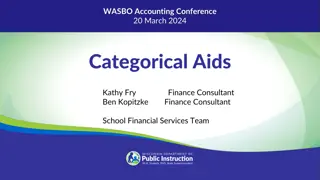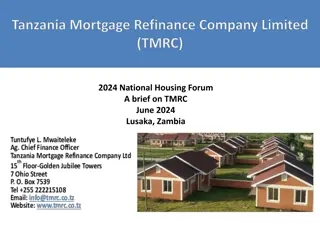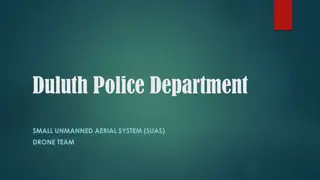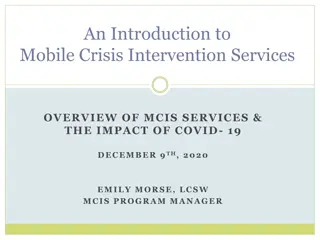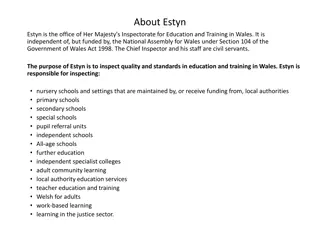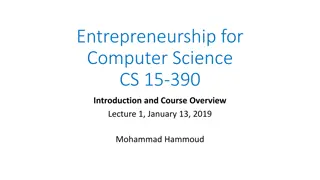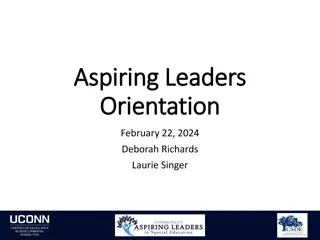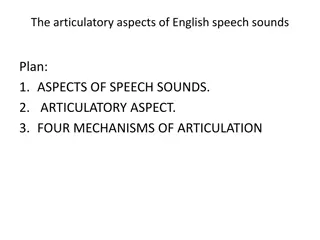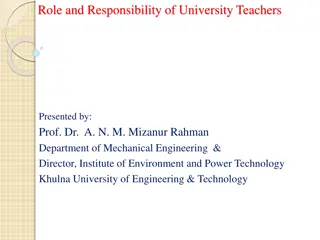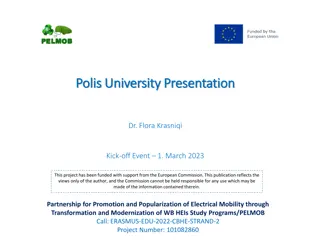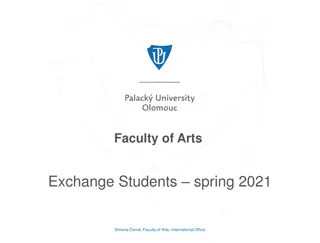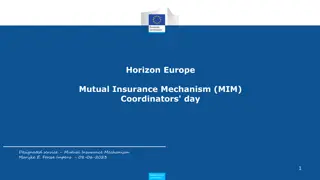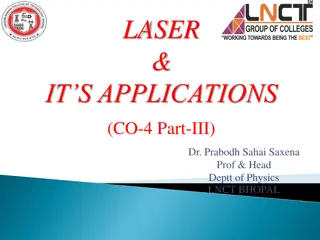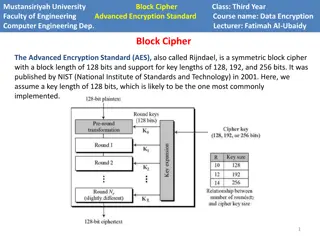Understanding How the University Operates: A Comprehensive Overview
Slides and diagrams have been prepared to aid in the orientation of new staff members at the University, detailing the governance structure, decision-making processes, and financial allocation models. Key bodies include the Council, University Executive, and Senate, each playing unique roles in shaping the institution's strategy and academic governance. The Resource Allocation Model (RAM) and Integrated Planning Exercise (IPE) help manage financial responsibilities and align budget allocation with the university strategy.
Download Presentation

Please find below an Image/Link to download the presentation.
The content on the website is provided AS IS for your information and personal use only. It may not be sold, licensed, or shared on other websites without obtaining consent from the author. Download presentation by click this link. If you encounter any issues during the download, it is possible that the publisher has removed the file from their server.
E N D
Presentation Transcript
How the University works The following slides have been created to support the induction of new staff, they include diagrams and descriptions to help colleagues gain an understanding of how the University works, particularly for those new to the University or Higher Education.
Council Visual overview of how the University works (governing body, membership) approves approves responsible to University Executive (membership) This diagram provides a visual overview of how the University works. implements advises advises proposes & implements Senate (academic governance) It shows how groups within the institution work to deliver university activity. consulted on advises approves programmes of study through delegated authority and committee cycle Faculties & corporate services deliver determines policy It is described on the next slide in more detail. approves research grant applications through Faculty Research Office budget University activity Including student education, and research and innovation Strategy Use the links to click to further information. student fee and research grant income for Links marked with * are only available through remote desktop or on campus. Resource Allocation [Model] (RAM) Integrated Planning Exercise (IPE)* aligns aligns
Description of how the University works The Council The Council is the University s governing body. It approves the university strategy and the Resource Allocation Model (or RAM). The Council also appoints the Vice-Chancellor. The University Executive The University Executive consists of the Vice-Chancellor, Deputy Vice-Chancellors, Executive Deans, the Secretary, Chief Financial Officer and Chief Operating Officer. It proposes and implements university strategy, implements the Resource Allocation Model and is responsible to the Council. The Senate The Senate is responsible for academic governance. It advises the University Executive on a number of matters, including the strategy. The Senate also advises The Council. The Senate is responsible for determining policy on academic matters and approving programmes of study (degree courses) through delegated authority to its boards and the committee cycle. Research grant applications are approved through Faculty Research and Innovation Offices. Familiaries yourself with these approval processes to help you align your work with their deadlines and other requirements. The Senate is also consulted on resource allocation.
Description of how the University works (continued) The University Strategy The university strategy describes the overall approach that is taken for providing student education, doing research and innovation, international activity and digital transformation. The University receives income for providing student education in the form of fees and for doing research and innovation in the form of grants. Resource Allocation Model (RAM) and Integrated Planning Exercise (or IPE) The implementation of the Resource Allocation Model distributes income as budget to the seven faculties and the corporate services that deliver University activity, including student education, research and innovation. The annual Integrated Planning Exercise (or IPE) aligns the Resource Allocation Model with the university strategy. To give a sense of where financial responsibilities sit: Transactions of more than three million pounds need approval by Council,. Transactions between three million and one million pounds need the approval of the University Executive as a group. Transactions of less than one million pounds can be approved by individual members of the University Executive. More detail can be found on the Secretariat website in the University s charter and the Scheme of Delegation (PDF).
High-level organisational chart Chancellor Ambassadorial and ceremonial role Council (Governing Body) Chaired by Pro Chancellor This diagram provides an overview of academic management role. Vice- University Executive Chancellor and President (VC) Principal DeputyVice- Chancellor and Provost (PDVC) Deputy Vice- Chancellor Student Education (DVC SE) Deputy Vice- Chancellor Research and Innovation (DVC R&I) University Secretary Chief Financial Officer (CFO) Chief Operating Officer (COO) It outlines which roles are in the University executive, who reports to them and whom they report to. Pri Executive Deans (one for each Faculty) It is described on the next slide in more detail. Pro Vice- Chancellor (PVC): Digital Transformation Pro Vice-Chancellor: Business Engagement and Enterprise Deans Deans Deans including Dean of the Doctoral College The links in the diagram allow you to find out who current role holders are and more about their responsibilities. Heads of School and equivalents Pro Dean Research and Innovation Director of the Faculty Graduate School Pro Dean International Pro Dean Student Education Directors of (Student Education etc)
High-level organisational chart description The Chancellor is an ambassador for the university and has ceremonial duties. The Chancellor is not involved with the running of the university. The Pro Chancellor chairs the Council, the governing body of the university to which the Vice-Chancellor reports. The Vice-Chancellor and President leads the University Executive which includes the Principal Deputy Vice- Chancellor and Provost, Deputy Vice-Chancellor for Student Education, Deputy Vice-Chancellor for Research and Innovation, the Secretary, Chief Financial Officer (CFO), and Chief Operating Officer. The Principal Deputy Vice-Chancellor serves as a standing deputy for the Vice-Chancellor; provides oversight and coordination of the University s academic strategy and its planning and delivery; and leads on the University s international strategy. The Executive Deans report to the Principal Deputy Vice-Chancellor. Each Executive Dean is supported by a Pro Dean International, a Pro Dean for Student Education, a Pro Dean for Research and Innovation, a Director of the Faculty Graduate School and has responsible to them a Head of School, or equivalent, for each organisational unit in the faculty. These are mostly schools but also include institutes and divisions. The Executive Dean, Pro Deans, Director of the Graduate School and Heads of School form the Faculty Executive.
High-level organisational chart description (continued) There is a Pro Vice-Chancellor (PVC): Digital Transformation who reports to the Deputy Vice-Chancellor. There is a Pro Vice-Chancellor: Business Engagement and Enterprise who reports to the Deputy Vice- Chancellor Research and Innovation. Each Head of School or equivalent is supported by a Director of Student Education, a Director of Research and Innovation and a Director of Postgraduate Research Studies. These roles make up the School Executive. As well as the reporting line described and shown in the diagram the Directors of Student Education also report to the Pro Dean for Student Education in their faculty and the Pro Deans for Student Education report to the Deputy Vice-Chancellor for Student Education. A similar pattern exists for international matters, Research and Innovation, and Postgraduate Research Studies. In the case of the Directors of Postgraduate Studies they also report to the Director of their faculty graduate School who in turn report to the Dean of the Doctoral College. Deans are appointed to support members of the executive with particular aspects of their role. The example shown in the diagram is the Dean of the Doctoral College who leads on the Postgraduate Research agenda on behalf of the Deputy Vice-Chancellor for Research and Innovation.
Diagram of University Executive responsibilities for central services This diagram shows which services each of the University Executive is responsible for. Deputy Vice- Chancellor (DVC) Deputy Vice- Chancellor Student Education (DVC SE) Deputy Vice- Chancellor Research and Innovation (DVC R&I) University Secretary Chief Financial Officer (CFO) Chief Operating Officer (COO) It is described on the next slide. Library Lifelong Learning Centre Strategy and Planning Research and Innovation Service Nexus Finance Procurement Risk Secretariat Wellbeing, Safety and Health Communications The links in the diagram allow you to find out about the services. Marketing International Admissions Educational Engagement Marketing International Pathways Centre Facilities Estates Residences Sustainability Commercial Services Advancement IT People and Culture Organisational Development and Professional Learning Equality and Inclusion Human Resources Student Education Service Student Opportunity Student Operations Deputy COO Digital Education Service Transformation Office
Description of University Executive responsibilities for central services The Deputy Vice-Chancellor is responsible for Strategy and Planning. The Deputy Vice-Chancellor Student Education is responsible for the Library and the Lifelong Learning Centre. The Deputy Vice-Chancellor Research and Innovation is responsible for the Research and Innovation Service and Nexus. The Secretary is responsible for Risk, the Secretariat, Wellbeing, Safety and Health, and Communications. The Chief Financial Officer is responsible for Finance, and Procurement. The Chief Operating Officer is responsible for Marketing - includes International, Admissions, Educational Engagement, Marketing, International Pathways Centre; People and Culture - includes Organisational Development and Professional Learning, Equality and Inclusion, and Human Resources; Student Education Service - includes Student Opportunity, and Student Operations; Facilities - includes Estates, Residences, Sustainability, and Commercial Services; IT Advancement. The Deputy Chief Operating Officer, reports to the Chief Operating Officer, and is responsible for the Digital Education Service, and Transformation Office.

















